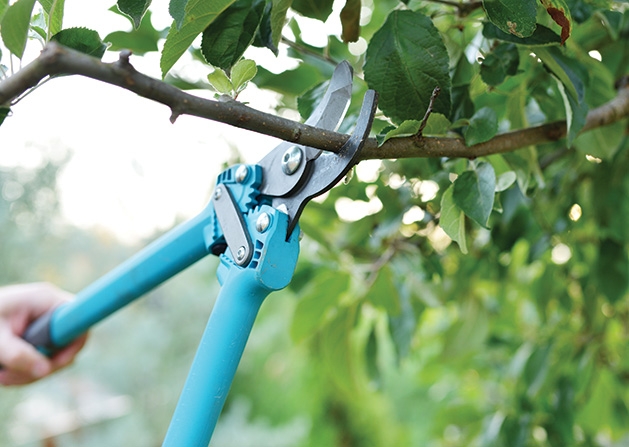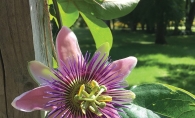
Every year when spring finally arrives, one of the delights of the season is the explosion of green as trees and shrubs sprout their leaves. We sometimes take trees for granted, but doing some timely maintenance can help ensure their health and longevity. Dan Michura, owner of the west metro’s Tree Squad, offers some tips for homeowners.
Non-blooming trees and shrubs should be pruned in late winter, while they are still dormant. The same is true of summer-blooming trees and shrubs. The best time to prune spring-blooming trees and shrubs is immediately after they bloom.
You can also prune maple, walnut and birch trees in late spring or early summer. When pruned in winter, they tend to ooze sap. Trimming these trees after they have all their leaves for the season reduces sap bleeding.
In the case of oaks and elms, the winter months—December, January and February—are the best time to prune. Trimming oaks and elms in the warm months can lead to infestations by beetles and other insects that feed on fresh tree sap, Michura notes. Warm-weather trimming can also help spread Dutch elm disease or oak wilt. “So it’s important to make sure you trim in season. There are some ornamental trees—like crab apple trees—you can do light pruning of in the summer; but if you want major reductions, wait until winter,” says Michura.
Michura’s No. 1 recommendation? Use a certified arborist. “A lot of people who call themselves arborists have no education,” he notes. The Lake Minnetonka area in particular tends to attract unqualified “door knockers” in search of a quick buck who might unknowingly prune trees out of season, he says. “Go online and read the reviews,” Michura advises.
What about removing and replacing aging trees? “If you have to take out a big tree, it’s always a good idea to educate yourself as to the impact of doing that. A tree might be shading parts of our house, yard and garden; removing it might increase exposure to the hot sun. Think about how it’s going to impact you.”
Regarding tree diseases, emerald ash borer remains a threat in Minnesota. Michura advises checking the Minnesota Department of Agriculture website, which offers an online map that can be used to find the “nearest infected trees” to a given location. Uncontrolled, “the disease will sweep through an area and take out most unprotected ash trees in its path.”
Fortunately, there are effective treatment options. Injecting pesticides with needles is more effective and precise than pouring insecticide on the ground to let roots soak it up, or drilling holes and injecting it that way. Michura advises consulting an arborist who can offer you several treatment options for emerald ash borer and other diseases.
The Tree Squad
952.888.8733









